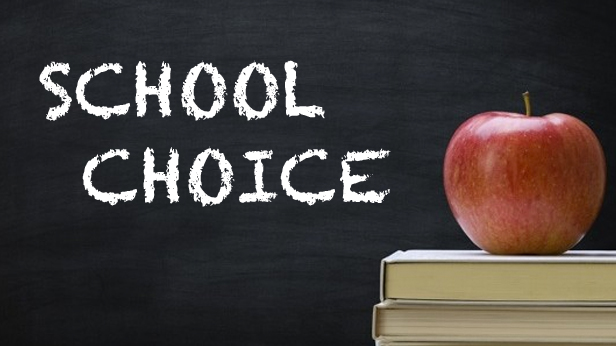
April 2, 2015
by James Wigderson
Special Guest Perspective for the MacIver Institute
In the parade of widows and orphans to protest against spending cuts in the upcoming state budget, it’s not surprising to see the school districts leading the way. That said, it is a little surprising to see Waukesha School District Superintendent Todd Gray as one of the banner carriers for the cause.
Gray is warning that his district may have to find $2.7 million in cuts. But Gray isn’t stopping there. He is also warning against a possible statewide expansion of school choice.
In an op-ed for the Waukesha Freeman earlier this month, Gray complained that if school choice is expanded his district will lose $9,815 in state aid per student lost to the private schools because the district will not be able to count them towards the total enrollment. He also said that the school district will be forced to pay private schools approximately $4,000 per student lost to them.
“Our recent estimates with this proposed plan are alarming. They show that the district will lose slightly more than $13,700 in funding for each district student who takes a voucher, yet we only receive $9,815 in funding for each enrolled student,” Gray wrote. Gray even cautioned that voucher schools will someday get more per student than public schools.
To avoid such a situation in the Waukesha area, Gray has suggested in interviews a plan that would allow the district to control which private schools would get students through a school choice program. The district would contract with the private schools and pay them about 65 to 75 percent of what the district receives per student, assuring that the Waukesha School District would still receive some funding for the students being privately educated.
The “pilot program” would start with approximately 30 kindergartners sent to the Montessori school.
The plan, and Gray’s reasoning, misses the point of why those dollars were levied from the taxpayers in the first place. They are not levied to fund school systems. They are levied to educate students.
Gray does not fully explain that the state actually will save money because a school voucher ($7,210) does not equal the amount given in state aid per pupil to the Waukesha School District ($9,815). It’s awfully hard to imagine a scenario, as Gray does, where the total voucher amount exceeds the amount in state aid for a student in a non-choice school.
As for the $4,000, that’s from the amount levied by the school district on local taxpayers, and it may not be enough. A rough calculation puts the amount the school district levied from local property taxpayers per student enrolled in the district at approximately $5,700 per student.
It’s only right that the money follows those students that the district is no longer educating. If the purpose of the monies levied by taxes is to educate Wisconsin’s children, then the money should follow the means of accomplishing it. The district that complains about the revenue lost with the transfer of the student to the choice program is ignoring that the responsibility of educating the child is no longer theirs.
Furthermore, the financial impact of losing a student to school choice isn’t even immediate. School funding is based upon a three-year rolling average of student enrollment.
One of the false accusations Gray makes is that if school choice is expanded private schools will just sign students up, take the money, and then send them back to the district they came from while keeping the money. “Do you see where some games might be played with that provision?”
Before accusing private schools of potential fraud, Gray should also mention that voucher schools receive their payments on the same schedule as public schools, and if a student is expelled prior to either of the two student enrollment count dates then the school doesn’t get funding for that student.
But Gray’s own plan for combatting school choice takes a skim right off the top for students the district isn’t educating. By controlling the process of contracting out to the private schools, the district is still taking 25% to 35% of the money even though the child is being educated elsewhere. Why would Gray think the district would be entitled to that skim? How dishonest is this scheme?
In addition, the district would control how many students could be farmed out to a private school and could control what schools can participate. That does not sound like much of a “choice” program for the parents.
When other superintendents around the state echo Gray’s complaints about school choice and the supposed financial impact it will have on their districts, we should keep in mind three things: parents like having choices for education, school choice works, and it’s saved the state money. Gray knows this because his district actually benefits from school choice due to open enrollment in the district’s charter schools. That includes eAchieve, a virtual school that attracts students from all over the state. I’m sure Gray is not interested in giving back to the other districts 35% of the state aid he gets for those students.